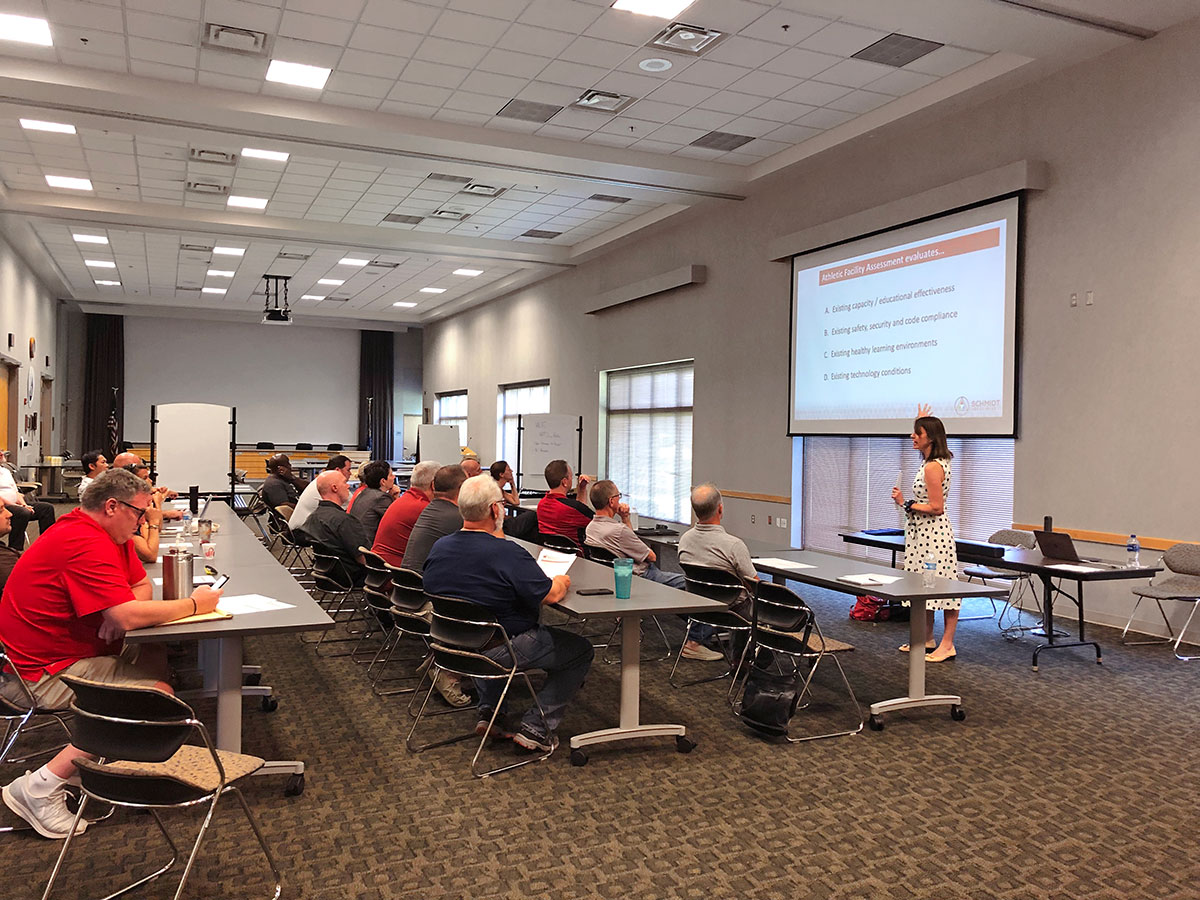How to Avoid Negative Impacts of School Construction Projects on the Community
-
Category
Studio-K12, Innovation -
Posted By
Anna Marie Burrell -
Posted On
Nov 05, 2019

PART 3 IN A SERIES
Consider the community that surrounds and supports your school when planning for new builds and renovations
Schools are important assets to cities and towns. A neighborhood school is responsible for producing good future citizens and has a direct impact on the well-being of the community.
As a result, changes within a school don’t just affect the people who come to learn or work there every day. They affect parents, neighbors, partner organizations, and all community members. A new school or significant changes to an existing school—even when carefully planned—can have unintended consequences on the larger community.
Involving these external groups in the school build or renovation process will help to mitigate any of these potential negative consequences of the project. Here’s how:
1. Design with the community in mind.
Schools have a wide impact and a variety of uses. Outside of class, they are home to sporting events, academic competitions, and celebrations for students. They may also serve as a district polling place, host community events and meetings, or be a part of the city/town disaster plan.
These varying functions should be considered in the design of the building, accounting for appropriate meeting and event spaces. Also think about utilization by the public when planning parking, security, building access, and other campus features.
Allowing the larger community to provide input on these and other aspects of the project during early phases can help get buy-in. This is critical if public support for a referendum is needed to fund construction. Also be sure to work with the local police and fire department to gain their community insights and collaborate on safety needs of the campus.
2. Avoid cookie cutter solutions to unique challenges.
Just like every community is unique, so is every school. Community makeup dictates a school’s primary aim in serving its students. These factors can shift from district to district and city to city.
Attempting to apply a solution that may have worked in another district, city, state, or even another country could create unused space. While there’s nothing wrong with looking to other successful education spaces for inspiration, solutions should always be tailored to the specific needs of your school and student population.
3. Be considerate of your neighbors.
A school campus may be planted within a residential neighborhood or near other businesses and organizations. The footprint of the campus may impact daily life for the entire neighborhood, including things like traffic, lighting, and noise.
Consider how the school fits into the surrounding landscape and plan accordingly to minimize negative consequences. Also consider how the construction process—e.g. noise, dust, street closures—will affect surrounding residents and businesses.
4. Keep the community involved.
Just as you would update students, teachers, and parents about the project, plan for regular community progress updates. This is especially important when a referendum has been passed to make the project possible.
Post photos and updates to social media, start a project newsletter that anyone can subscribe to, provide updates at key community meetings. Give them a sense of ownership from start to finish and make them feel like this building is theirs too.
It’s also important to give the community a method to provide feedback. Whether it is regularly scheduled committee meetings or a specific email inbox where they can direct their comments and questions, giving them an outlet to provide feedback will benefit both sides.
Learn More
Avoid unintended consequences of school construction projects on students and teachers, too.







